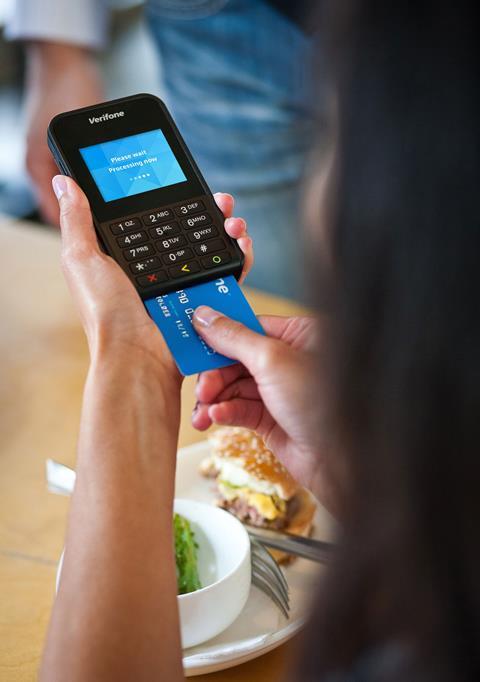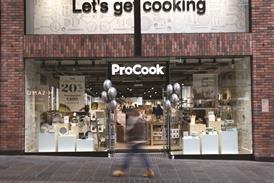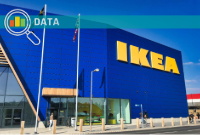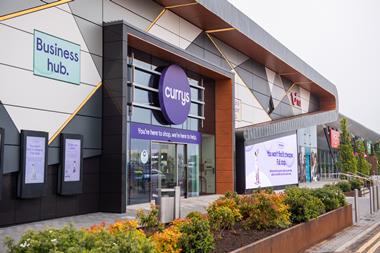Ecommerce is growing at an unprecedented pace, disruptive regulation is on the horizon and millennials expect experiential shopping events.
Mobile point-of-sale (mPOS) creates more value on the shopfloor, enabling merchants to break away from the checkout.
However, leveraging mPOS as part of a Payment as a Service (PaaS) solution that is secure unlocks a whole new set of benefits that goes far beyond queue busting. These include:
1. Get out of the payments business
There are a mountain of back-end components that must be managed for the technology to securely and reliably work, including PCI compliance, processor certifications, software updates and supporting the continued proliferation of new payment and commerce-enabled applications.
“Surveys show that approximately 35% of European consumers still prefer to consult customer-facing staff for advice on products”
By connecting mPOS devices to a comprehensive PaaS solution featuring a secure gateway, support, estate management services and an analytics reporting tool, merchants can focus on the customer.
2. Security: Payment fraud threatens retail
Retailers experience nearly three times as many attacks as others in the financial services sector.
Point to Point Encryption (P2PE) helps a retailer fight back. Applied properly, it can eliminate skimming devices by more than 95% as terminals are securely delivered to the stores.
It also reduces data compromise risk and liability by more than 80%. As the cardholder data is encrypted it is eliminated from the stores.
It should be noted, PCI P2PE does not impact customer tracking and CRM if it is used in tandem with tokenisation.
3. Connect where it counts
It is much easier to close a sale when the customer is most engaged and excited to buy – mPOS allows the merchant to take the checkout to where the customer is.
“When there is uncertainty on price or availability, customers become frustrated and are more likely to abandon a sale”
In fact, surveys show that approximately 35% of European consumers still prefer to consult customer-facing staff for advice on products.
4. Informed selling
When there is uncertainty on price or availability, customers become frustrated and are more likely to abandon a sale. A PaaS solution that supports inventory management applications allows staff to help customers access the information they need immediately to make sure the purchase goes through.

5. Know your customer
Providing email receipt options is an easy way to obtain a customer’s email address with their permission. This helps merchants build their databases, which they can use to regularly engage shoppers with special promotions and offers.
Email capture can also be used in tandem with surveys and digital suggestion boxes to learn more about consumers and what they want.
6. Build immersive experiences
Another benefit of bolstering mPOS with PaaS is the ability to easily – even automatically – update devices to support new payment methods, apps, and messages on payment devices.
This cloud connectivity enables the devices to stay up to date and go far beyond payments by supporting NFC and beacon-driven communication that interacts and guides customers as they venture throughout the store.
Creating experiences consumers can’t find anywhere else is key to staying relevant in today’s retail landscape.














































No comments yet